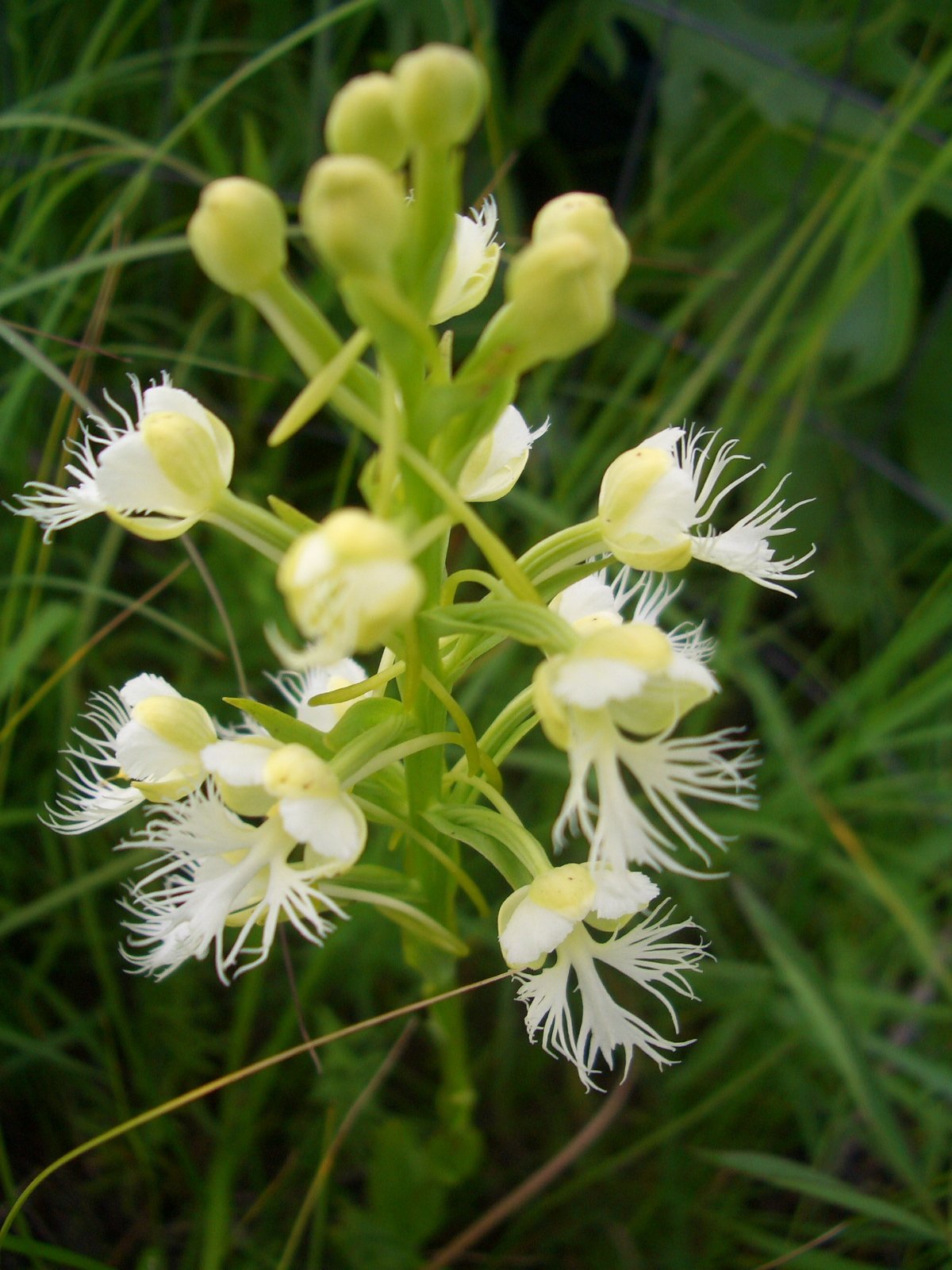Lessons of influence and interconnectedness shape our restoration ecology work at the sanctuaries. At modern day Faville Grove, the prairie is confined by land survey markers or fencelines. Big bluestem, asters, and tick-trefoil sometimes defiantly escape those boundaries. A roadside retaining prairie species also retains ideas of wildness—those plants indicate a once powerful and ancient prairie exerting its influence.
On a broad geographic scale, the prairie peninsula stretched its influence from the foothills of the Rocky Mountains eastward, through the Great Plains and into the valleys and rolling hills of Wisconsin. The carpet of prairie accompanied powerful fires, most often Indigenous-influenced, a policy not written in any statehouse but legislated with an autumn breeze.
On the local scale, the prairies exert influence from the sky to the underworld, sequestering carbon, recharging groundwater, filtering runoff, and cleansing ponds, creeks, and streams. Biodiversity courses through every square foot of prairie and attracts pollinators, birds, mammals, and creatures small and large. Prairie restoration leads to positive feedbacks. Short-eared owls return and eat the voles, which allows wood lilies to bloom, set seed and proliferate, and the ecosystem again dances with intricate strands of life.
Eastern white-fringed orchid (photo by Brenna Marsicek).
On the microscale, a sphere of influence might include a dust-like seed of an eastern prairie white-fringed orchid: rebounding from projections of local extinction in Aldo Leopold’s melancholy essay “Exit Orchis,” to a population in the hundreds today. Toothpick-wielding summer interns extend this influence, cross-pollinating blossoms of the state-endangered orchid to sustain numbers between small, isolated populations.
Prairies exert their influence on our ideas as well. A sphere of influence may conjure colonialism and hegemony, but the ability of a diverse landscape to influence people carries less of that baggage. Once summer interns see the rare, high-quality examples of native landscapes, they lament the ubiquitous degradation. The call to action is implicit.
Presented with mere slivers of our natural heritage, many think outside the lines, step outside the boundaries, and dream of a valley of fire and a pasqueflower peppered moraine, dream of orchids and wolves and people in a reciprocal relationship with that influence.
People—dangerous, important influencers—sometimes carelessly spread manure and bulldozers. However, at Faville Grove, following Leopold’s influence, we focus on the healthy spread of ideas, a land ethic, and a culture. Those ideas percolate and recharge; those ideas filter and cleanse the news, attract followers and diversify; those ideas build upon each other, cross-pollinate, and take root to improve a thriving and important thing—the biosphere.
Written by Drew Harry, Faville Grove Sanctuary land steward.
Cover image: Auburn tamarack trees stand out against the bright blue sky at Faville Grove (photo by Drew Harry).





